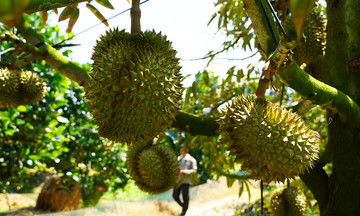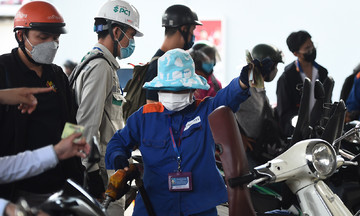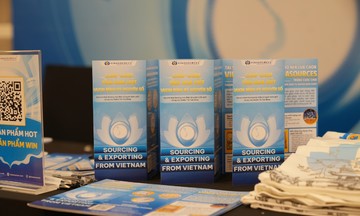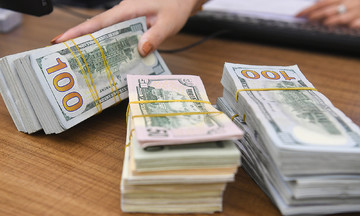Reports from Dak Lak and Lam Dong show that on the morning of 12/7, coffee prices continued to decrease by 2,300-2,800 VND per kg compared to the previous day, down to 89,500 - 90,300 VND per kg. This is the lowest level in a year, resulting in a sluggish trading market.
On the London exchange, robusta prices continued to decline. The September contract lost 0.9%, to 3,290 USD per ton; the November contract decreased by 1.22%, to 3,234 USD per ton. This is the eighth consecutive decline, bringing the price to its lowest level since February.
Conversely, arabica prices on the New York exchange increased slightly. The September contract rose by 0.45%, to 6,376 USD per ton; the December contract increased by 0.18%, to 6,231 USD per ton. The increase was mainly due to concerns about adverse weather in Brazil affecting supply.
According to the Vietnam Coffee-Cocoa Association (VICOFA), the sharp decline in robusta prices is due to several factors. Firstly, the coffee supply has increased again. The United States Department of Agriculture (USDA) forecasts global coffee production for the 2024-2025 crop year to reach 174.4 million bags, an increase of nearly 3% compared to the previous year. Brazil leads with 65 million bags, Vietnam is estimated to reach 31 million bags (up 6.9%), and Indonesia 11.25 million bags.
Meanwhile, global demand is only about 169.36 million bags, leaving a market surplus of over 9 million bags—the highest surplus in five years. In addition, a strong USD and a weak Brazilian real have encouraged Brazilian farmers to sell. Favorable weather has also helped accelerate harvesting, further increasing supply.
Many international speculators have taken the opportunity to take profits after the price surge at the beginning of the year, causing futures contracts to be sold off. Market sentiment is currently leaning towards a downward trend.
In Vietnam, the sharp price drop has caused trading to stagnate. A leader of an export company in Dak Lak said that since the end of June, the market has almost been at a standstill because people do not want to sell at low prices.
According to this person, coffee is a commodity heavily dependent on exports, so the price is strongly influenced by the world market and speculative funds. If the funds continue to dump their holdings, prices will be difficult to recover in the short term.
This price drop puts great pressure on farmers. Thanh Hai in Quang Ngai said last year, with over one hectare of coffee, she earned 800 million VND, with a profit of about 500 million VND after deducting expenses. "If the price this year falls to 70,000-80,000 VND per kg, the profit may only be 100-150 million VND, while fertilizer and labor costs have increased by 10-30%," she said.
Oanh in Dak Lak, who owns five hectares of coffee, said that after the joy of high prices last year, this year she is worried about the sharp price fluctuations. Her family has just planted an additional hectare but currently does not dare to invest further. However, she still hopes that prices will recover as this year's output is forecast to be lower due to weather impacts.
According to Bloomberg, the US imported nearly 2 billion USD of coffee from Brazil in 2024, accounting for about 30% of domestic consumption. Marcos Matos, CEO of Cecafe, said that increased exports from Brazil could cause coffee prices in the US to rise, contributing to higher inflation.
In the long term, the global coffee market faces increasing competitive pressure as many countries expand their area and output thanks to high prices during the period of 2021-2024.
Analysts say that unless there are major weather or geopolitical events, coffee prices are unlikely to increase in Quarter III. In this context, farmers and export businesses need to control costs and maintain quality to cope with market fluctuations.
Thi Ha












